Menu
Rediscover Your Smile with Dental Bridges
Restoring Beauty and Confidence in Every Patient
Because a healthy, vibrant smile should never be a bridge too far.
Book your consultation today and reclaim your beautiful smile with Hamilton Dental Group.


Dental Implants Bridge
Restoring Beauty and Confidence in Every Patient
Because a healthy, vibrant smile should never be a bridge too far.
Book your consultation for dental bridge front teeth today and reclaim your beautiful smile with Hamilton Dental Group


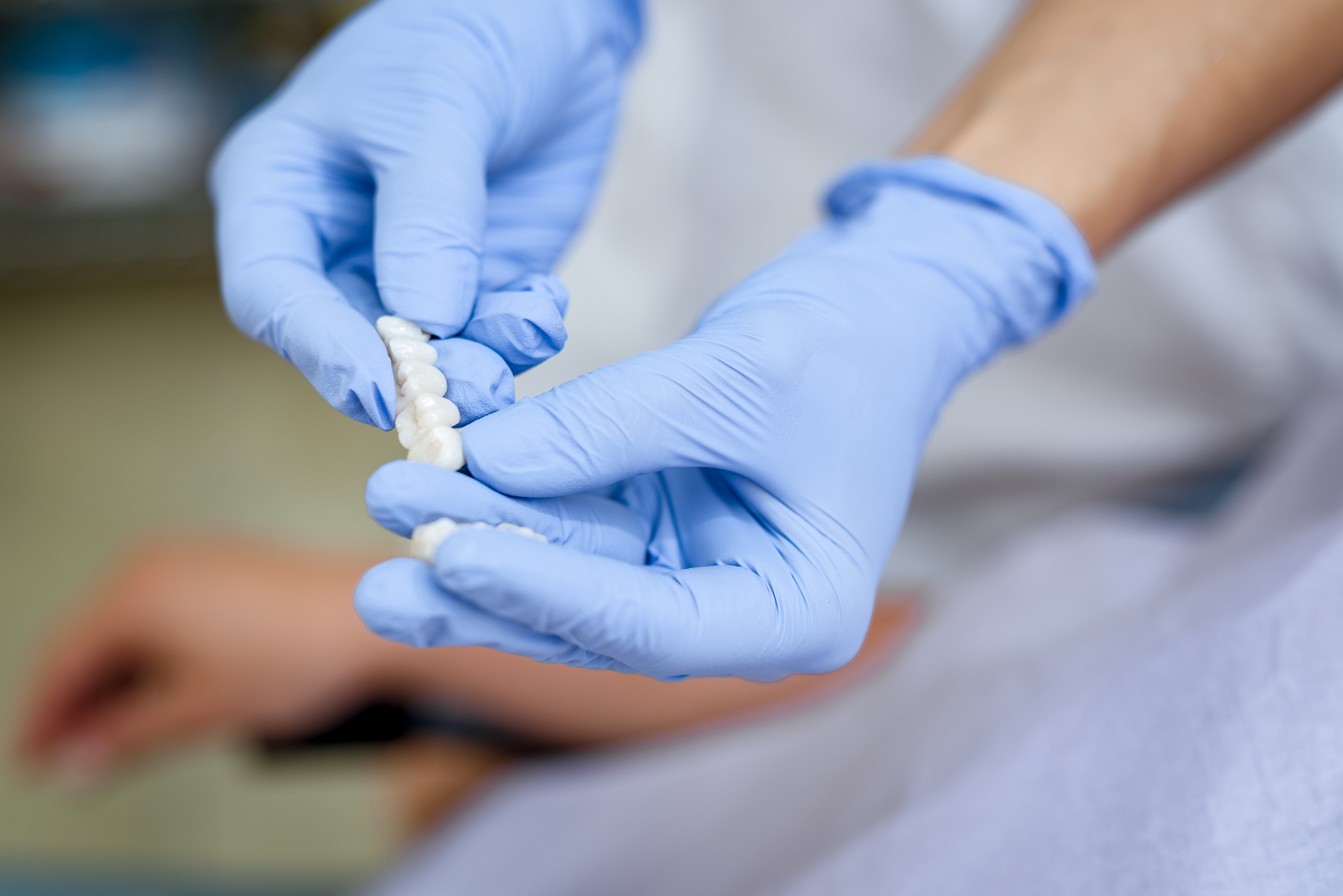

Dental Bridges in Hamilton
Dental Implants Bridge with Hamilton Dental Group
At Hamilton Dental Group, we know how significantly missing teeth can impact your life - from affecting the way you chew and speak, to the confidence you carry in your smile.
Dental bridges, a remarkable dental restoration technique, can give you back the healthy, functioning smile you deserve. This treatment uses manufactured teeth to "bridge" the gap left by one or more missing teeth, restoring your mouth's natural function and appearance.
Dental X-rays
Comfort and Quality with Hamilton Dental
Exemplifying our dedication to patientfocused care and excellence, we guide you through the process of receiving dental implants bridge with compassion and understanding.
Our team of experienced and caring dental professionals are committed to making the experience comfortable and stress-free, using state-of-the-art equipment and techniques. We're proud to offer dental bridges in Hamilton that blend seamlessly with your natural teeth, combining function and aesthetic for a result you'll love.




Dental Bridges in Hamilton
Caring for Your Dental Implants Bridge
We guide every patient through a posttreatment plan to protect their restored smile. Here are five practical and true-toservice care tips:
- Brush Gently, but Thoroughly: Use a soft-bristled toothbrush and fluoride toothpaste to clean your dental bridge at least twice daily. Gentle, circular motions help protect the bridge and surrounding natural teeth from plaque buildup.
- Use a Floss Threader or Water Flosser: A floss threader allows you to pass dental floss between the dental bridge teeth and gum line. Alternatively, a water flosser can help flush out trapped debris.
- Avoid Extremely Hard or Sticky Foods : To preserve the structural integrity of your bridge, avoid chewing ice, hard candies, or sticky foods like caramel. These can dislodge or damage the bridge over time.
- Don’t Ignore Mild Discomfort: If your dental bridge front teeth feels loose, causes discomfort, or irritates the surrounding area, don’t wait. Schedule a visit with our team to adjust or prevent further complications.
- Attend Regular Dental Checkups: Routine visits allow us to monitor the condition of our bridge work dental and overall oral health. Professional cleanings and exams every 6 months help keep your restoration in excellent shape
Dental Bridges FAQS
Answering Your Top Questions
What is a Dental Bridge?
A dental bridge is a fixed dental restoration used to replace one or more missing teeth by anchoring to adjacent teeth or dental implants. It consists of two or more crowns for the teeth on either side of the gap — these two or more anchoring teeth are known as abutment teeth — with a false tooth/teeth in between.
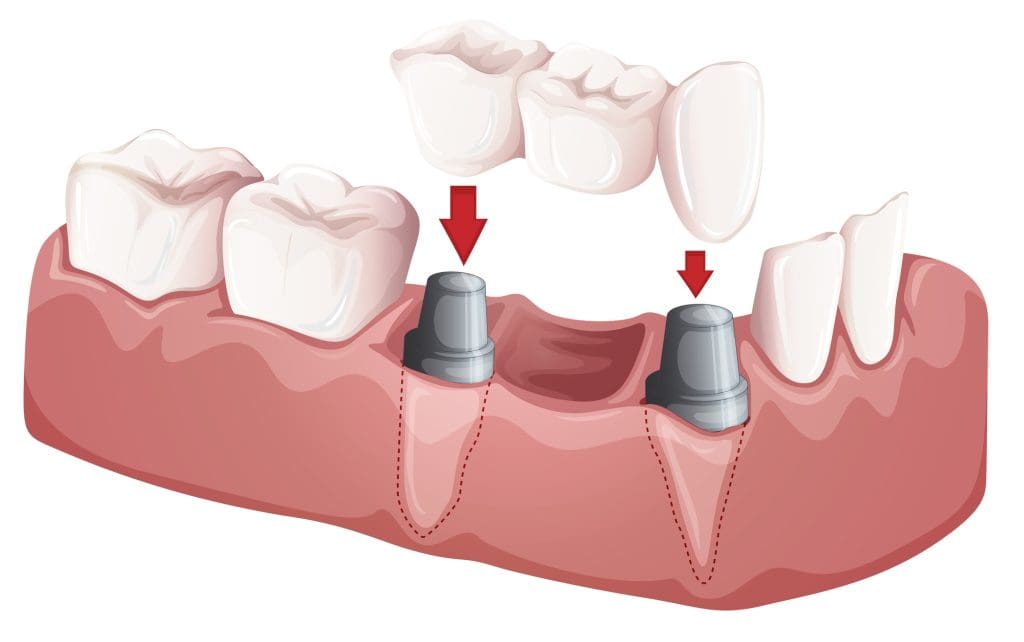
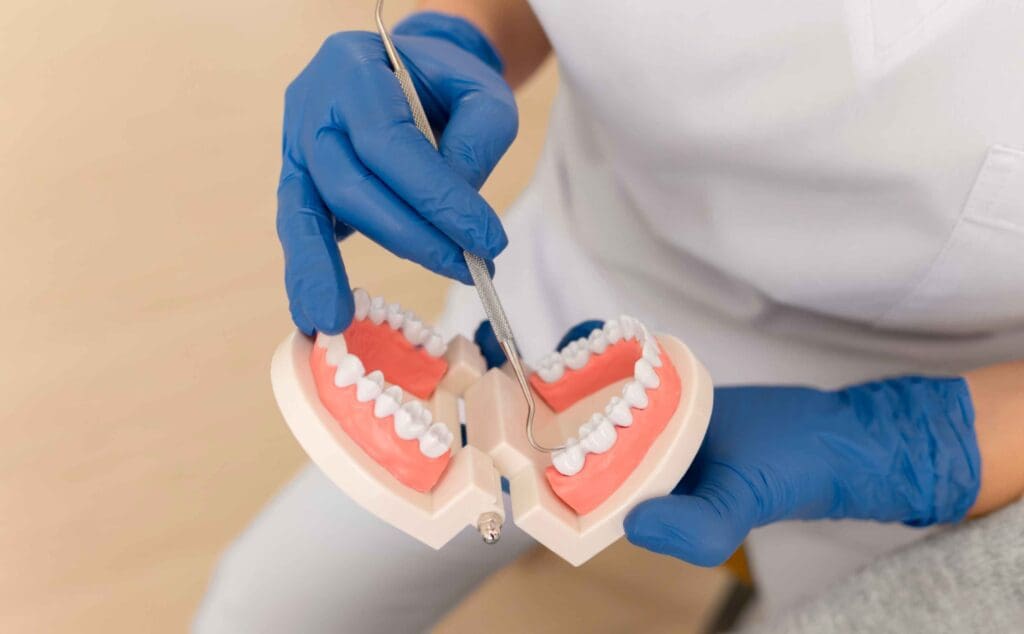
How Long Does a Dental Bridge Last?
With proper care and maintenance, dental bridges can last anywhere from 5 to 15 years or even longer. To ensure the longevity of your dental bridge, it is essential to follow good oral hygiene practices, including regular brushing and flossing, and to schedule regular check-ups and cleanings at Hamilton Dental Group.
Are Dental Bridges Painful?
The procedure to install a bridge work dental typically involves minimal discomfort. Local anesthesia is used during the preparation of the abutment teeth, making the process virtually pain-free. Some patients may experience mild soreness or sensitivity after the procedure, but this usually subsides within a few days and can be managed with over-the-counter pain relievers.
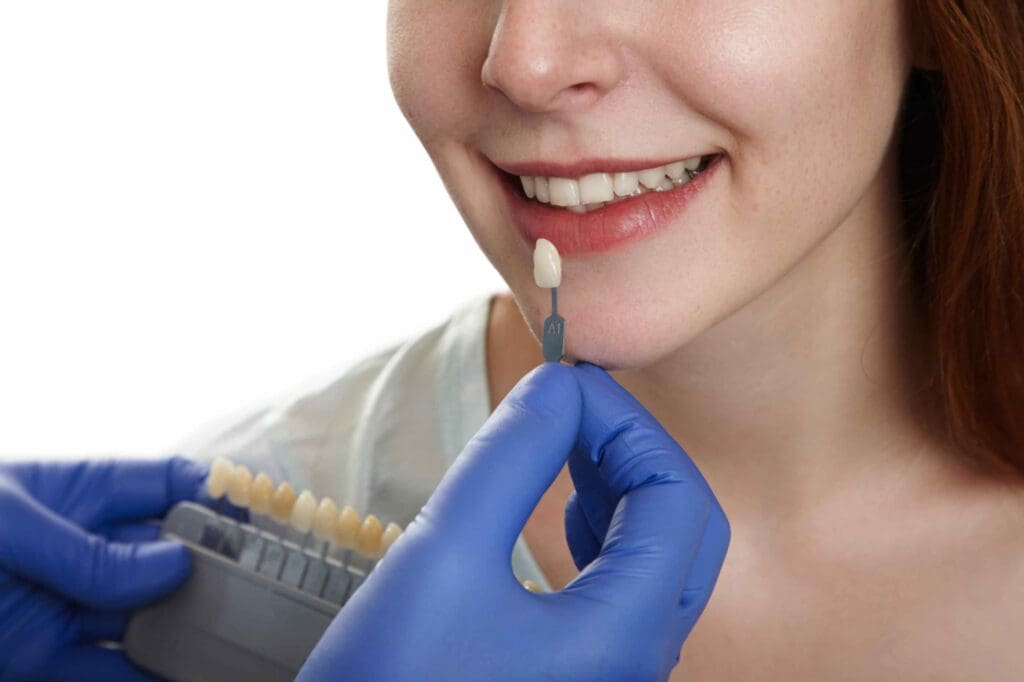
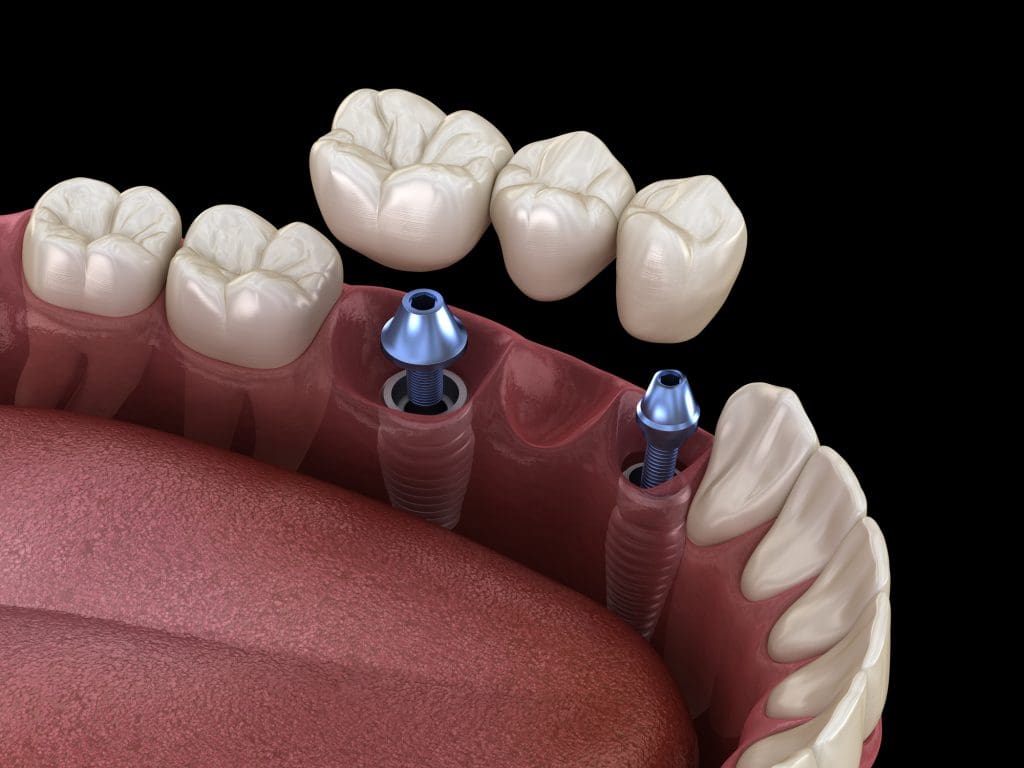
How Do I Know if I Need a Dental Bridge?
If you’re missing one or more teeth, you might be a candidate for a dental bridge. A dental bridge teeth can help restore your smile, maintain the shape of your face, and prevent remaining teeth from drifting out of position. During your consultation at Hamilton Dental Group, our experienced dentists will assess your oral health and discuss whether a dental bridge is the best option for you, keeping your individual needs and goals in mind.
What are the different types of dental bridges in Hamilton available?
There are four main types: traditional, cantilever, Maryland, and implant-supported bridges. Our dentists will help determine the best one for your dental needs and budget.

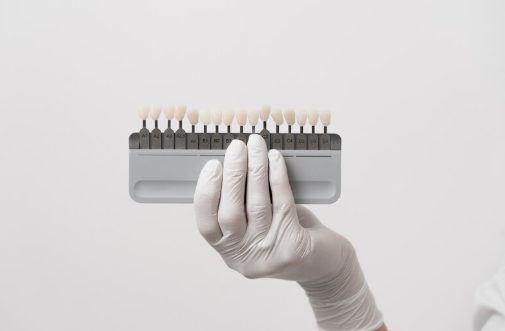
Will a dental bridge match the color of my natural teeth?
Yes. We custom-match the dental bridge to
the shade and shape of your existing teeth
for a seamless, natural look that
complements your smile.
Can a dental bridge be used for front teeth?
Absolutely. A dental bridge for front teeth is
a common solution. We ensure it blends in
naturally and restores aesthetics, speech
clarity, and bite functionality.
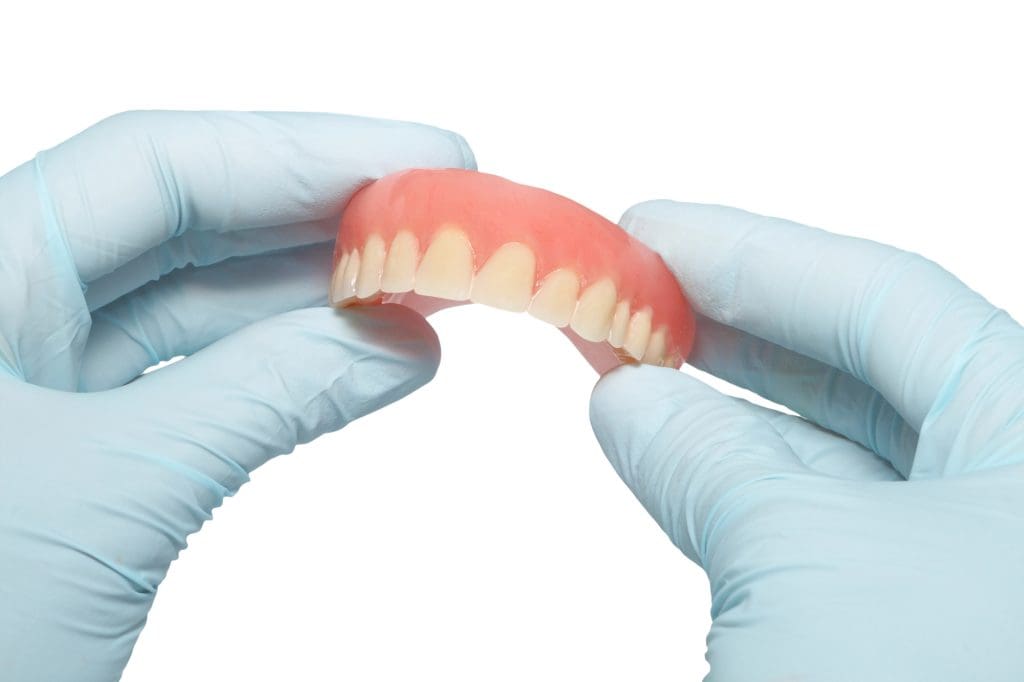
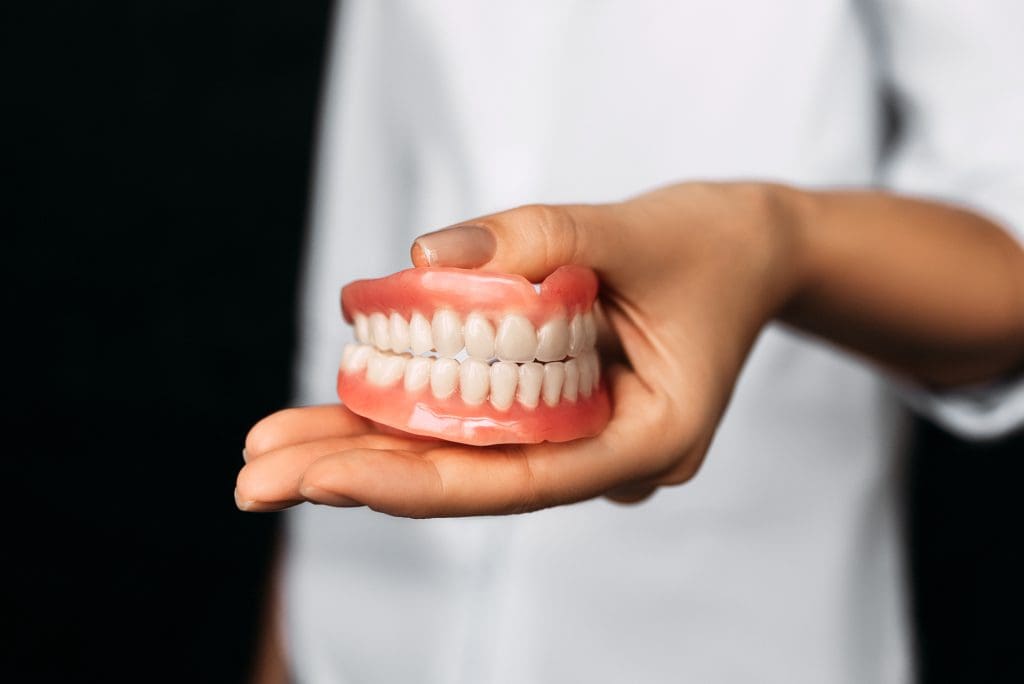
How long does it take to get a dental bridge?
Usually, it takes two appointments. The first
is for tooth preparation and impressions, and
the second for fitting the permanent bridge.
Timelines may vary based on complexity
Do you offer sedation for dental bridge procedures?
While local anesthesia is typically sufficient,
we do offer sedation options for anxious
patients. Let us know your concerns during
the consultation for a stress-free experience.
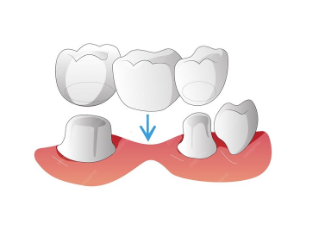
Contact us
Don't Hesitate Contact us for any Information
Call us to this number for immediate support
(513) 868-0669
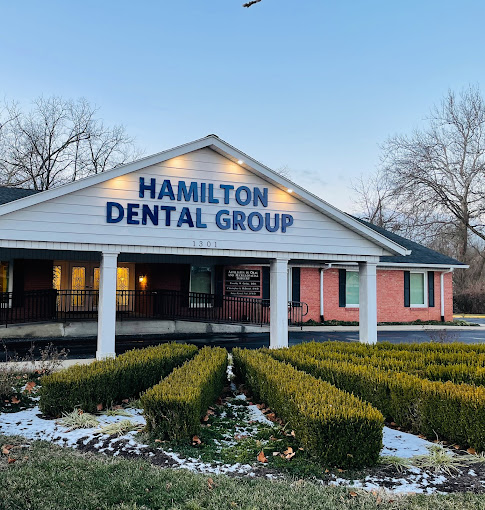
Address
Address: 1301 NW Washington Blvd. Suite 1 Hamilton, OH 45013
Open Days & Hours
Open : Monday, Tuesday, Wednesday, Thursday, Friday
Hours : 8.00 am - 5:00 pm
Phone : (513) 868-0669
Closed Days
Closed : Saturday, Sunday
